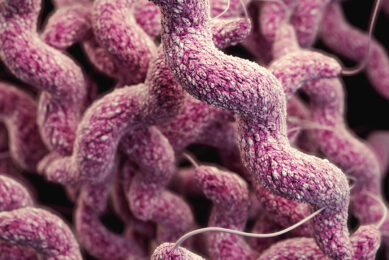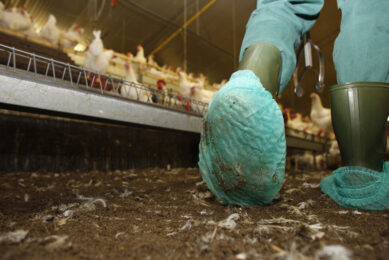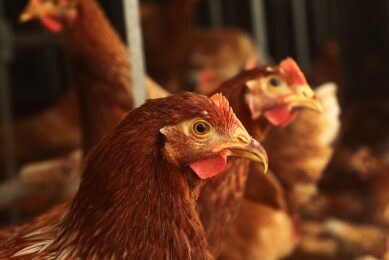New action plan to target campylobacter
The Food Standards Agency (FSA), the UK poultry industry and major retailers have set a new target and launched an action plan that could see levels of campylobacter food poisoning cut by almost a third over the next five years.
According to the FSA, almost two thirds of raw chicken sold in the UK is contaminated with campylobacter and it is estimated to make more than 300,000 people ill every year.
“Reducing campylobacter in chicken is a priority because the handling, preparation and consumption of broiler meat may account for 20-30% of human cases of campylobacteriosis,” said a joint government/industry report.
The report sets out three distinct levels of contamination on carcases and notes that currently 27% of UK broilers are in the highest category. The new target is to reduce the number of these most contaminated samples to 10% by 2015, measured post-chill.
To this end, the FSA, the British Poultry Council, DEFRA and the British Retail Consortium have developed a joint action plan, setting out various interventions at farmer, processor and retailer level.
The initial focus will be on poultry farms. From April 2011, new standards will be applied to the Assured Chicken Production scheme and other retailer assurance schemes relating to biosecurity measures, such as boot changing and pressure washing.
Further investigations will also be carried out into things like fly screens and on-farm test kits for campylobacter, as well as providing incentives for biosecurity compliance. Later in the five-year target period, new measures will be introduced in slaughterhouses. Options being considered include steaming chicken carcasses, the use of electrolysed water and anti-microbial washes such as lactic acid – though such washes would require EU approval.
“High levels of hygiene or biosecurity on UK farms have been successful in beating salmonella in chickens, but it has proved not enough against campylobacter,” said Peter Bradnock, chief executive of the British Poultry Council. “Additional actions are being trialled on farms, in the slaughterhouse and in the distribution chain to reduce the levels of infection. We are confident that the outcomes of the joint action plan, combined with new scientific knowledge, will enable campylobacter in chickens to be reduced in line with this challenging target.”
The target does not currently cover retailers, as there is no reliable baseline. But, depending on the results of further research, retailers could be required to switch to “modified atmosphere packaging” or better leak-proof packaging.
The FSA continues to encourage consumers to play a part in tackling campylobacter by avoiding cross-contamination from utensils, not washing poultry before it is cooked and by cooking chicken meat thoroughly.













